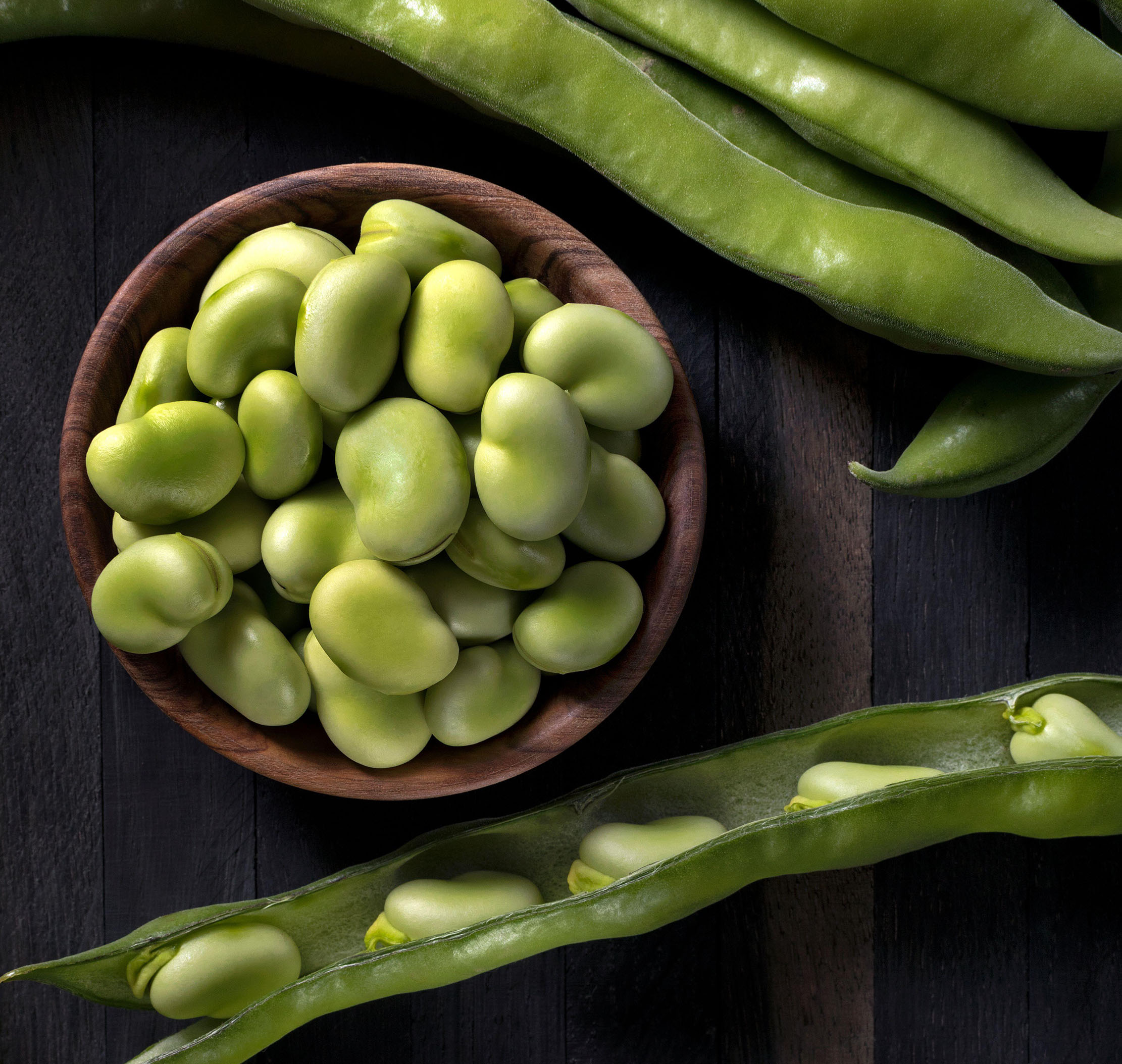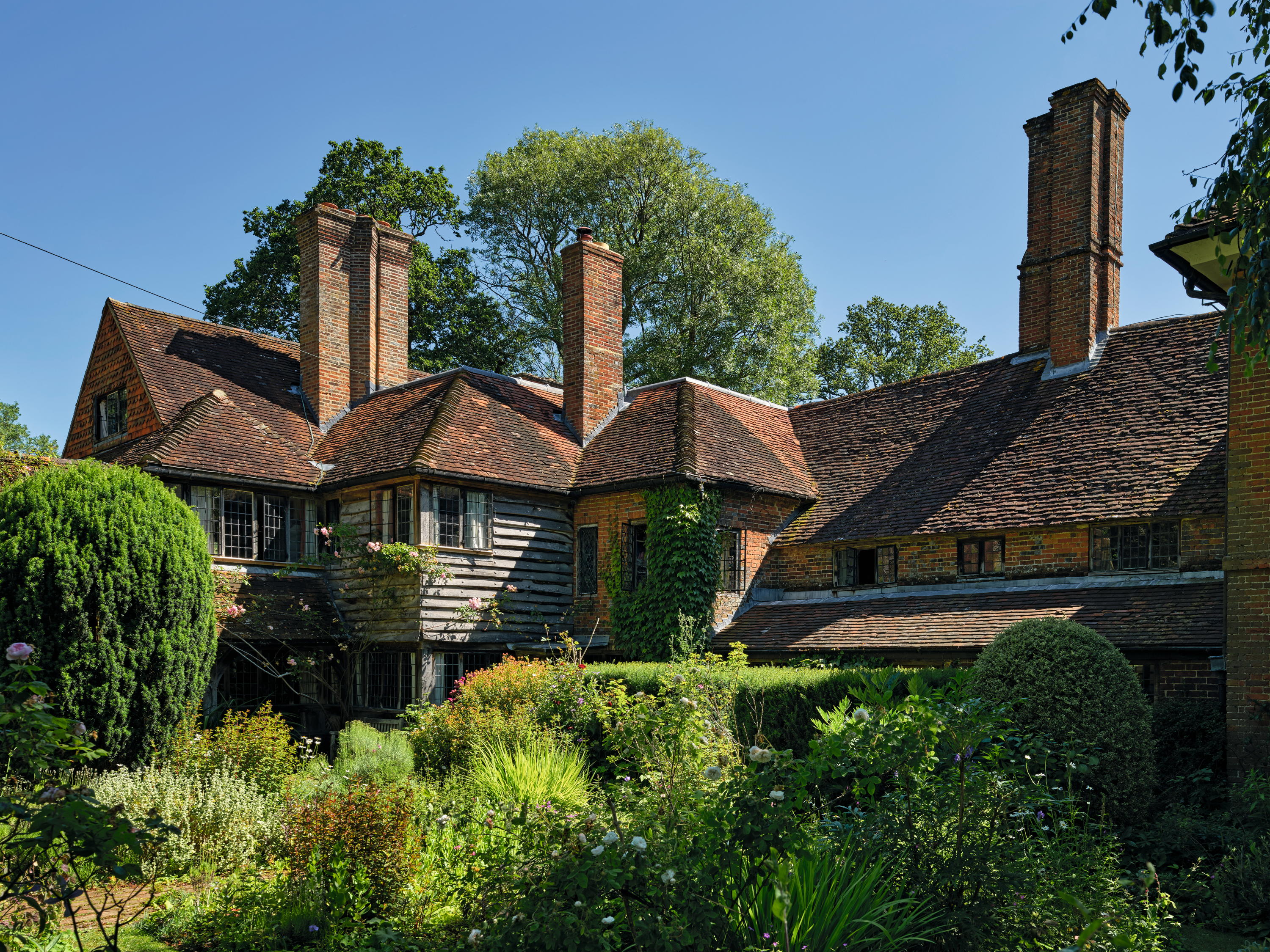Tom Parker-Bowles: Broad beans, the 'quintessence of early summer' that show the brute power of culinary simplicity
Once believed to be vessels for the souls of the recently departed, a freshly picked pod with broad beans nestling in their velvety white casing is a seasonal obsession for Tom Parker Bowles.


I was once told the tale of an old Sicilian Mafia don. We were wandering through the cathedral of Monreale, a few miles above Palermo, with Riccardo, a charming and well-connected local. As we glided down that cool nave, he was holding forth on this exquisite juxtaposition of Norman heft and Byzantine soul. But it was nearing noon and my thoughts, as ever, were turning to glories of a more edible variety.
The tour ended and, as we walked outside, gazing over the great city, he suddenly stopped dead. ‘I remember one spring 30 years back,’ he declared, his eyes made owlish by thick glasses.
‘I was eating with the big Mafia boss, the capo, out in the country-side near here.’ He gestured grandly.
‘We had some good local bread, fresh broad beans, pecorino and it was a perfect spring day.’
He paused, lost in delectable reverie.
‘The capo ate the beans then the cheese then took a long draught of cool local wine, straight from the clay jar. He was a big man, and powerful in every way, and he looked at me as he wiped away the wine. “I could happily die now, but there’s not even anyone to kill me.”’
Ah, the brute power of simplicity.
Sign up for the Country Life Newsletter
Exquisite houses, the beauty of Nature, and how to get the most from your life, straight to your inbox.
“If asparagus is the taste of late British spring, then broad beans are the quintessence of early summer”
As I write this, there’s a pile of freshly picked broad-bean pods at my right hand. This makes me very happy indeed. They’re young, about the size of a modest cigar and filled with beans no bigger than the nail on my smallest finger. Slit pod, munch beans, repeat. Until my thumbnail is stained green and the table resembles the aftermath of some vicious vegetarian massacre.
I’d never dream of abusing these delicate beauties with anything as base as heat. Some salty sheep’s cheese or a sprinkle of Maldon is all that’s needed. Later on, when they’ve lived a little, their girth and shoulders grown broad, their skins thick and grey, they can be briefly boiled, popped from their shell and tossed in butter, with bacon. Or scattered over a risotto or forced through a sieve into purée. But when they’re young, to eat them in any way save raw is heresy.
Because, if asparagus is the taste of late British spring, then broad beans (also known as fava or Windsor beans), with their nutty, fecund vitality, are the quintessence of early summer. They lack the sweet innocence of fresh peas, another of my seasonal obsessions, hinting at something a little more complex, bitter and perilous. Which seems fitting, given the nefarious reputation they once had. ‘From the beginning of recorded history,’ writes Alan Davidson in The Oxford Companion to Food, ‘these beans have aroused superstitious dread.’ Long associated with the dead, they were eaten at funeral feasts and some believed they were vessels for the souls of the recently departed.
The ancient Egyptians saw them as unclean (despite cultivating them), with Herodotus claiming their priests would not even glance at them, let alone consume the damned things. Pythagoras, in 6th-century Greece, forbade his followers from eating them, too. Perhaps he suffered from favism, a very rare, but very real form of poisoning that can cause severe anaemia and jaundice. Yet they’ve long been a staple food of Europe, West Asia and North Africa, the star of dishes as diverse as Egyptian ful medames (beans mashed with olive oil, lemon juice and cumin) and the gloriously addictive doubanjiang, or fermented Sichuan bean paste, thick with chilli-spiced delight.
If you’re lucky enough to have a glut — blanch, then freeze them. In her classic Food in England, Dorothy Hartley recommends boiling them with parsley, which ‘brings out their aroma, like a sprig of mint cooked with peas’. The actual shelling process is rather therapeutic, especially when accompanied by the soothing familiarity of Test Match Special on Radio 4. Even my son Freddy, usually unable to sit still for more than a minute, finds it fun. At one point, he declares that he wouldn’t mind being a broad bean. Why, I ask. ‘Their bed looks so comfy,’ comes the entirely sensible reply.
This recipe comes from Nigel Slater’s The Kitchen Diaries II. His prose is as delectable as his food and the recipes are as reliable as an atomic clock. I love him and his writing, too. If the Iberico ham seems a little extravagant, substitute it for serrano. Or Italian culatello, Parma or San Daniele.
Recipe: Iberico ham with broad beans
Serves 4
Ingredients
- 1kg broad beans, in their pods
- Small bunch of flat-leaf parsley
- 100g of air-dried ham, such as Iberico
- 1 tbspn sherry vinegar
- 3 tbspn olive oil
Method
Pod the beans and cook them in lightly salted boiling water until tender — about six to 10 minutes, depending on your beans. Drain them and cool under running water.
Pop the beans out of their skins by pressing them between thumb and finger. If the beans are very small and tender, or you particularly like the skins, you may not need to do this.
Make the dressing by adding a small pinch of salt to the sherry vinegar, stirring to dissolve, then whisking the olive oil in with a fork. Tear the parsley leaves and add them to the dressing with the broad beans and a little ground black pepper.
Shred or tear the ham into small pieces and toss gently with the broad beans.
Tom Parker Bowles is food writer, critic and regular contributor to Country Life.
-
 Lotus Emira Turbo SE: If you want to experience the last 'real' Lotus, now is the time
Lotus Emira Turbo SE: If you want to experience the last 'real' Lotus, now is the timeAs Lotus goes fully electric, we take out its last petrol offering, the Emira, to see if the spirit of Chapman is still alive.
-
 Vann: The Surrey country house that 'captures the spirit of English architecture'
Vann: The Surrey country house that 'captures the spirit of English architecture'Vann in Godalming, Surrey combines an Arts-and-Crafts ethos with inventive planning and new building materials. Photographs by Will Pryce for Country Life.